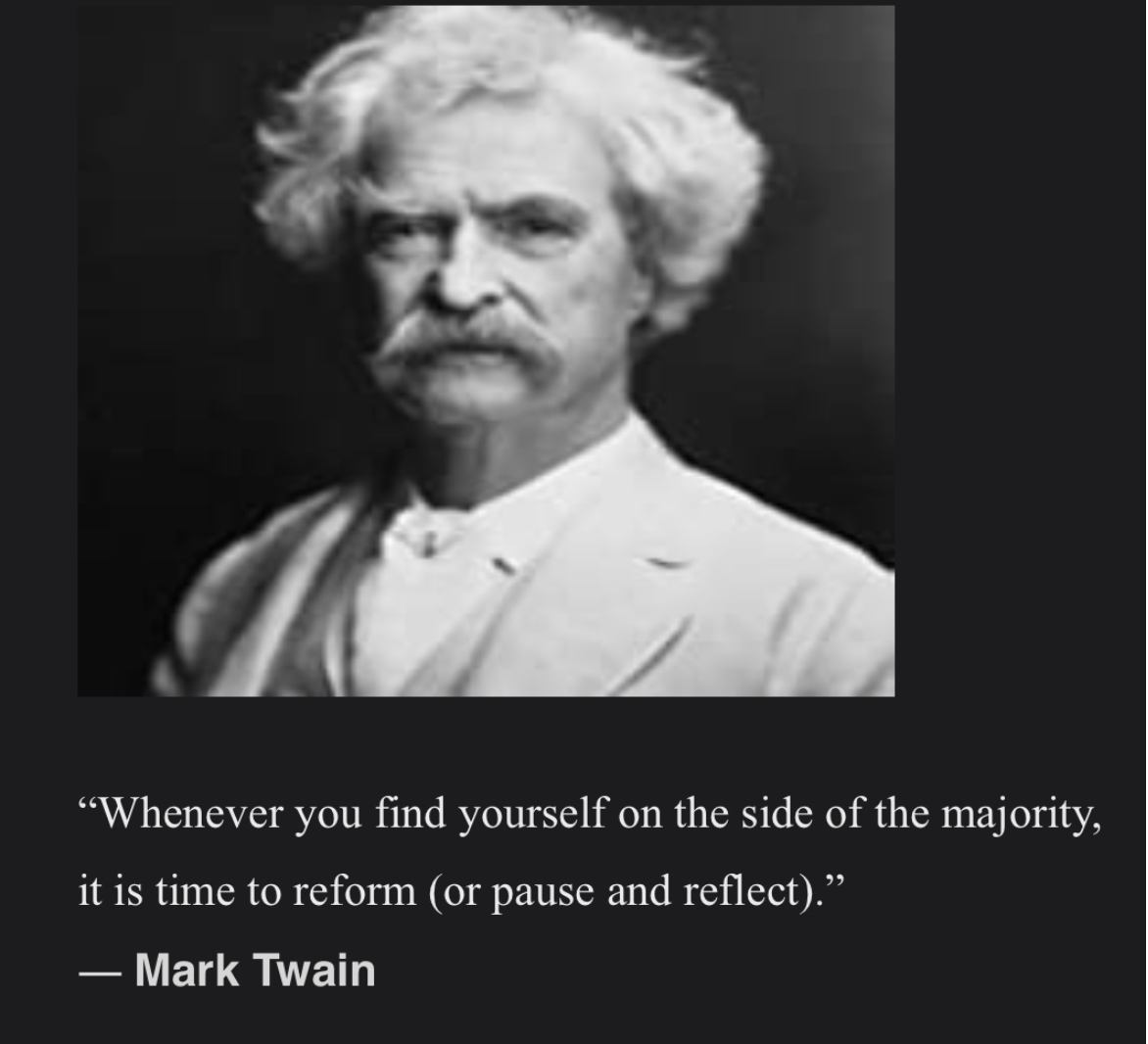
(THE COUNTRY ATTRACTING TALENTED TECH WORKERS)
November 20, 2023
Hello everyone and welcome to Thanksgiving Week.
Trades
This is a reminder to please take money off the table if you have a healthy profit.
In McDonald's, you are at maximum profit in both positions.
McDonalds (MCD)
250/260 Dec. 2023 vertical bull call spread
250/270 Dec. 2023 vertical bull call spread
Digital Ocean (DOCN)
25/27.50 January 19, 2024, vertical bull call spread
27.50/30.00 January 19, 2024, vertical bull call spread
Palo Alto Networks (PANW)
250/260 December 15, 2023, vertical bull call spread
260/270 June 21, 2024, vertical bull call spread
Market Update:
S&P 500
The U.S. stock market is rallying to new highs. From an Elliott Wave perspective, it is charging towards its 5th Wave, which lies at about 4,700 – 4,800. After the market reaches Wave 5, we may be in for a healthy correction between December 2023 and April 2024.
Gold
Gold’s Daily Chart shows a developing 5-month Inverse Head & Shoulders continuation pattern. A sustained break above $2,009 resistance will yield an Upside Target of $2,210 over the coming weeks/months.
Brent Crude Oil
There is a downside risk here. There is a classical Head & Shoulders pattern on the Daily Chart. The downside target could be around $70.00.
Bitcoin
The uptrend is in progress. Resistance is found just above $43,000. Profits should be taken between $37,000 and $40,000.
Click here for the October 31 monthly Zoom recording. Apologies for the delay in sending this out.
November Zoom meeting will be next week.
Canada is looking attractive for talented tech workers.
There is a shift going on now, and I’m not talking about our transition to AI. I’m talking about the great exodus of talented and skilled people, particularly in technology jobs, who are moving out of the U.S. to Canada.
As of last month, the Canadian government says more than 6,000 U.S. H-1B visa holders have arrived in Canada so far this year. That’s after massive layoffs left high-skilled foreign H-1B holders in limbo in the U.S.
U.S. Senator, Sheldon Whitehouse has argued that “if two million more immigrants came to the U.S. each year, we could reverse our predicted population and productivity decline.”
Canada has launched a new initiative to attract skilled workers, as well as digital nomads, and skilled American workers.
Why is the U.S. losing these workers?
How did a country with the biggest tech companies lose thousands of workers to Canada?
The bureaucratic visa process pushes workers into Canada. It is not straightforward, and there are queues and queues.
The H1-B is a non-immigrant work visa that allows U.S. employers to hire foreign workers in specialty occupations.
They must have an area of expertise, a Bachelor of Arts, or equivalent. Many of these visa holders work as teachers or in technology.
Since its creation in 1990 Congress has limited the number of H-1B visas each year.
The current cap is 65,000.
An additional 20,000 visas are available for graduates of an American university.
Because the visa is sponsored by an employer, employees who lose their jobs will only have 60 days to find a new job or face deportation.
In the 2024 draw, of the 258 thousand people who applied only 188 thousand were selected for the final random draw.
So, only 25% received a visa and thousands were turned away.
Once an applicant receives a visa, they face several restrictions. They do not have the same rights as a citizen and a person with a Green Card.
The spouse of a holder of a visa cannot apply for work without applying for employment authorization.
A 9 million backlog for American visas deepens the labor crunch.
71% of people on H-1B visas are born in India. The highly educated foreign national is at the mercy of the U.S. employer.
Big tech companies account for a lot of H-1B visa approvals. These include Amazon, Google, Apple, and Meta. They had 60,000 applicants in the last two years, but most of these companies laid off workers last year leaving H-1B visa holders in limbo.
On June 27, 2023, Canada stepped in. Sean Fraser, Minister of Immigration announced a new program. On July 16, visa applications for a pilot program became available, allowing up to 10,000 H-1B visa holders to apply for a three-year work permit in Canada.
The program reached 10,000 on the first day.
Canada is boosting its tech talent at the expense of the U.S.
Canada’s tech market has grown 15.7% since 2020. This growth has outpaced the U.S. tech market which grew at 11.4%.
Toronto and Vancouver rank inside the 10 top tech cities in the U.S. and Canada.
Canada is also home to Shopify, and Dell, Intel, Microsoft, and Amazon all have a presence in Canada.
Unlike the H-1B visa, people do not need to have a job lined up before moving to Canada. And unlike the U.S. system, visa selection in Canada is not based on where the applicant comes from.
There is a shortage of qualified labor everywhere. More people choose to go to Canada, Europe, and Australia rather than the U.S.
If the U.S. wants to attract and keep talented workers, it must streamline and reform the visa program.



